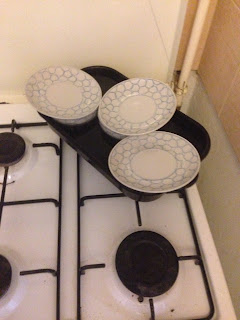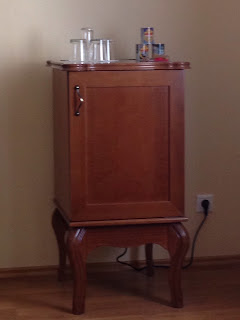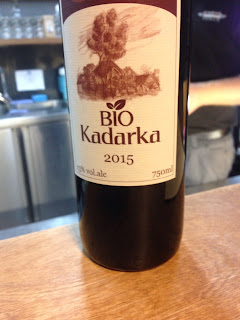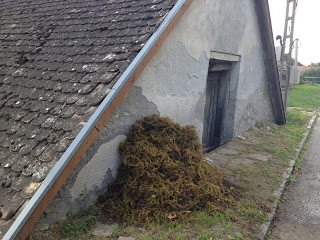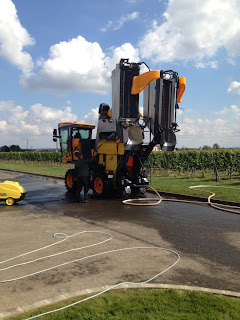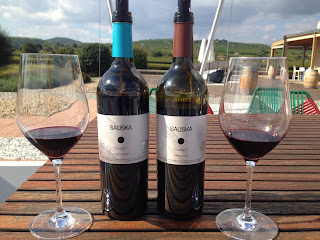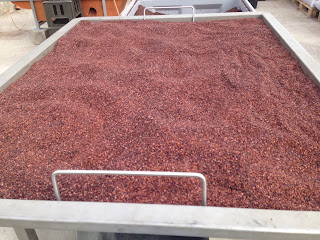In this instance I think ‘it ain’t over till the fat man
sings’ is more appropriate.
As you know, ‘It ain’t over till the fat lady sings’ is
attributed to a comment made by a sportscaster, Ralph Carpenter, during a close
ball game in the mid 70’s.
It is an allusion to the final song in the last of Wagner’s
Ring Operas. The valkyrie Brunnhillde,
usually a rather buxom and zaftig soprano, goes on for about 20 minutes in an
aria. At the end of the aria, it is all
over for the Norse Gods and the curtain falls.
Forgive me, Wagner.
I started out my wine tasting trip with the goal of tasting 150-200
wines. The final number is 138. It is low in large part because when I did
tastings in other countries, I usually got just a generous splash of wine in a
glass. Here you get a deciliter. I have come to think of it as
‘deathaliter’. My limit is six glasses
at a sitting, which is more than three quarters of a bottle. Actually, about glass number five, my nose starts
getting fuzzy if I have consumed the wine at other than a leisurely pace.
I am spending my last four days here in Budapest. I have brought with me four bottles of wine to
consume: two Fekete Chardonnays, a Fekete Shiller, and finally a delicious Bock
2009 Royal Cuvee. I distinctly remember tasting
that last one. The bouquet is
delightful, and it has the feeling of liquid silk when it first hits the mouth.
I am going to the Central Market Hall to do my grocery
shopping for my last meals here (other than a visit to Black Cab Burger for my
hamburger fix). My purchases include a
little over a pound of goose foie gras, a 20 ounce T-bone steak, and a passel
of fresh veggies. I am then off to get my
burger.
I choose the 10 ounce one loaded with toppings and an order
of fries. It is a struggle to finish the
burger. The fries are delicious, but I
can’t finish them.
I go back to my apartment and take a nap. The steak and foie gras spend the night
together in the fridge.
The next afternoon I prepare the steak and top it with two
generous pieces of seared foie gras.
Wine consumption begins in earnest.
Part of the evening is taken up with chewing pepto bismol
tablets as the result of consuming too much rich food and wine.
The next morning I am confronted with most of the foie
gras. The answer is to prepare it in portions
in a sous vide manner. I put individual portions in small cereal bowls and add
a littler sugar water, as I have no sweet wine such as sauterne which you usually
splash in the foie gras terrine.
It takes about an hour and a half on the stove top water
bath for each of my three portions. In
the end I declare them quite satisfactory and eat two of them with veggies and
wine.
The next morning I make two enormous foie gras ‘sandwiches’
and pack them for my trip home.
FYI, USDA , I reached American soil sans foie gras.




